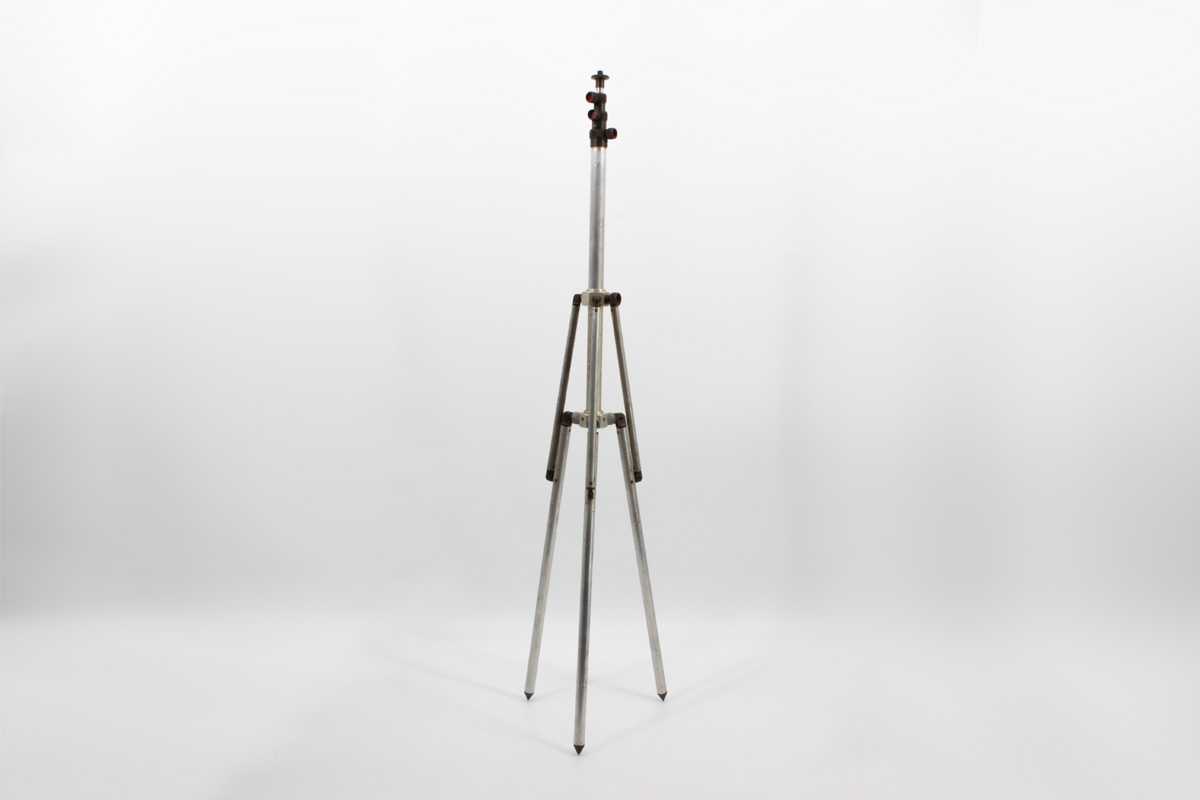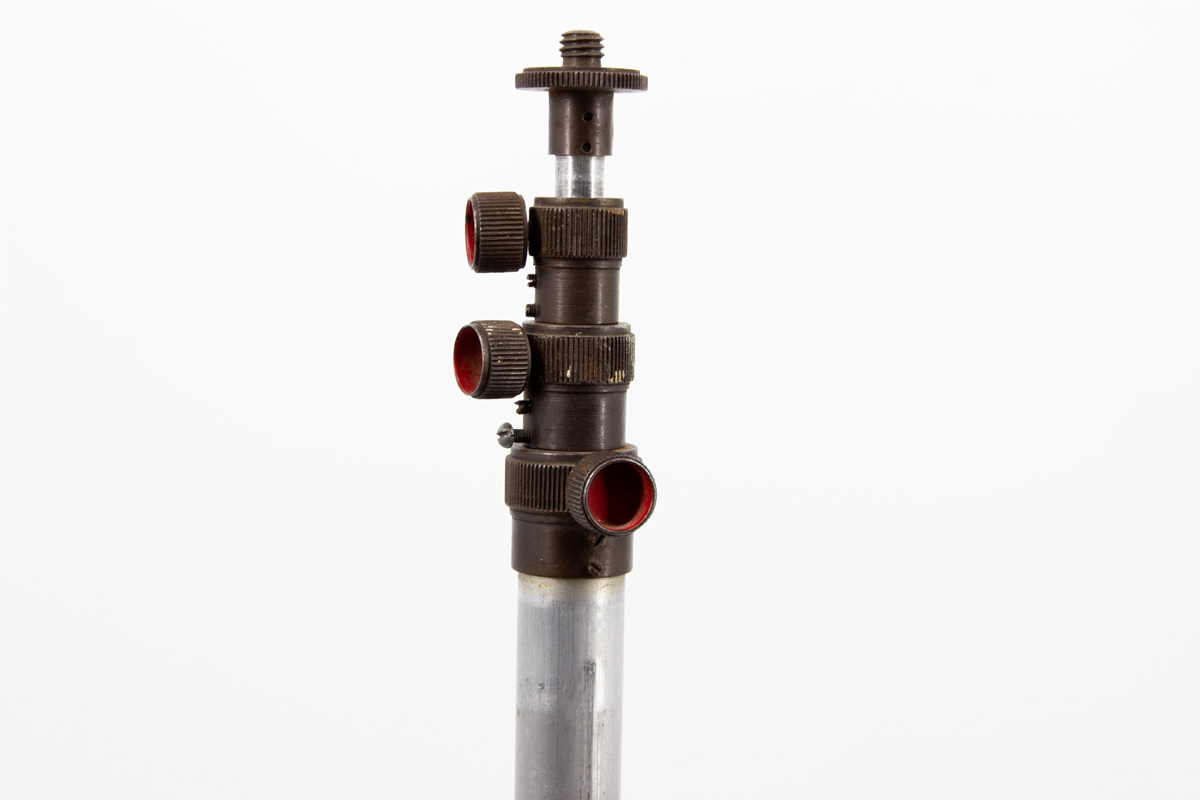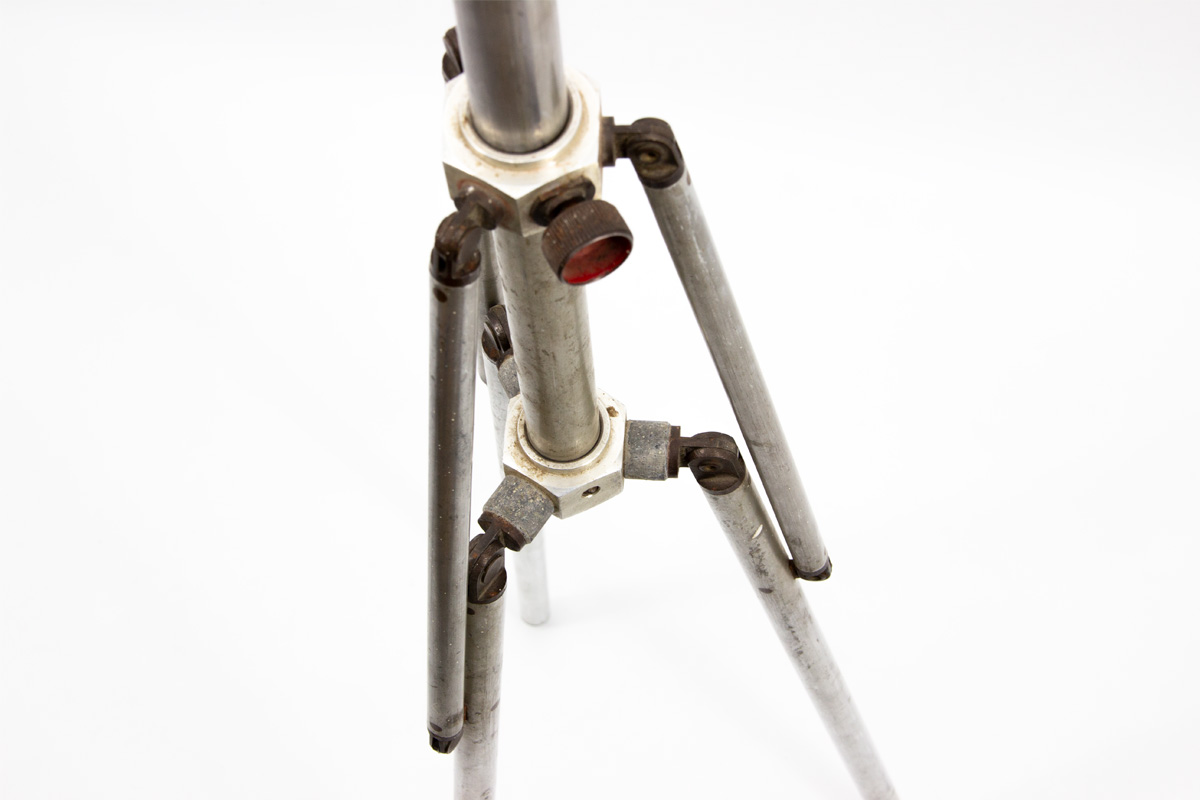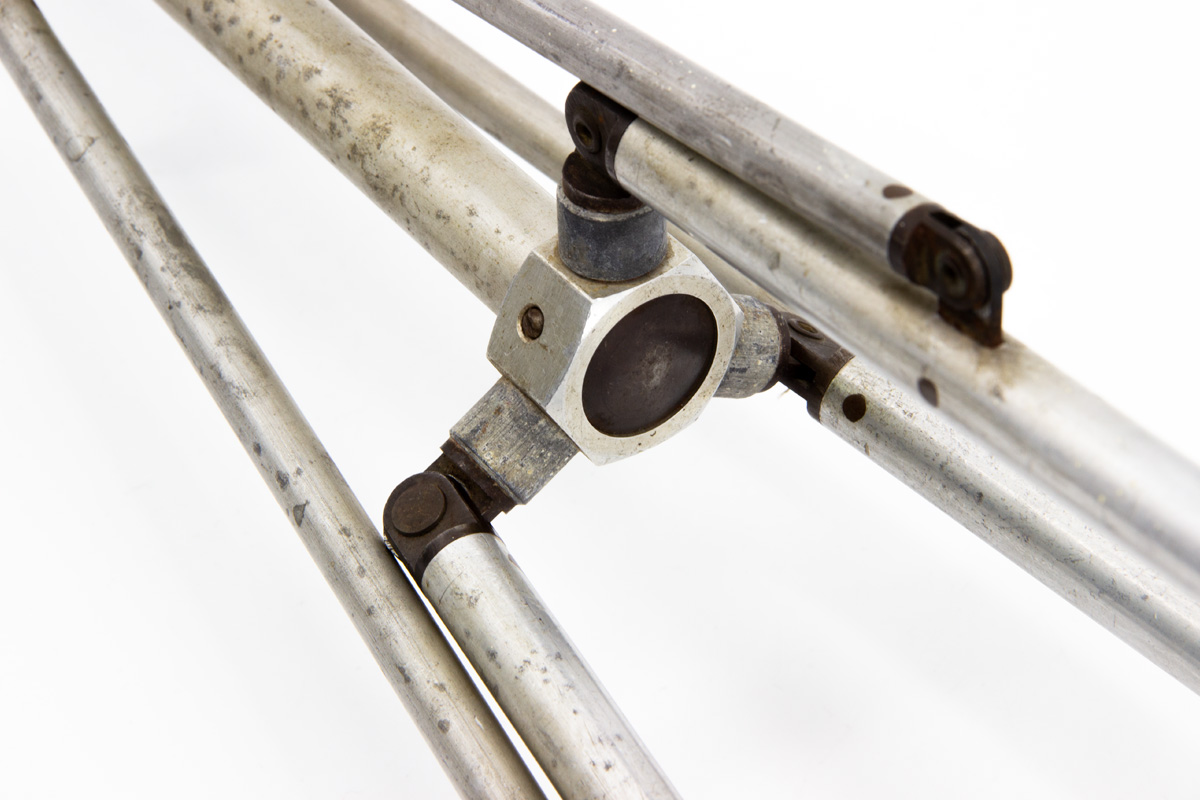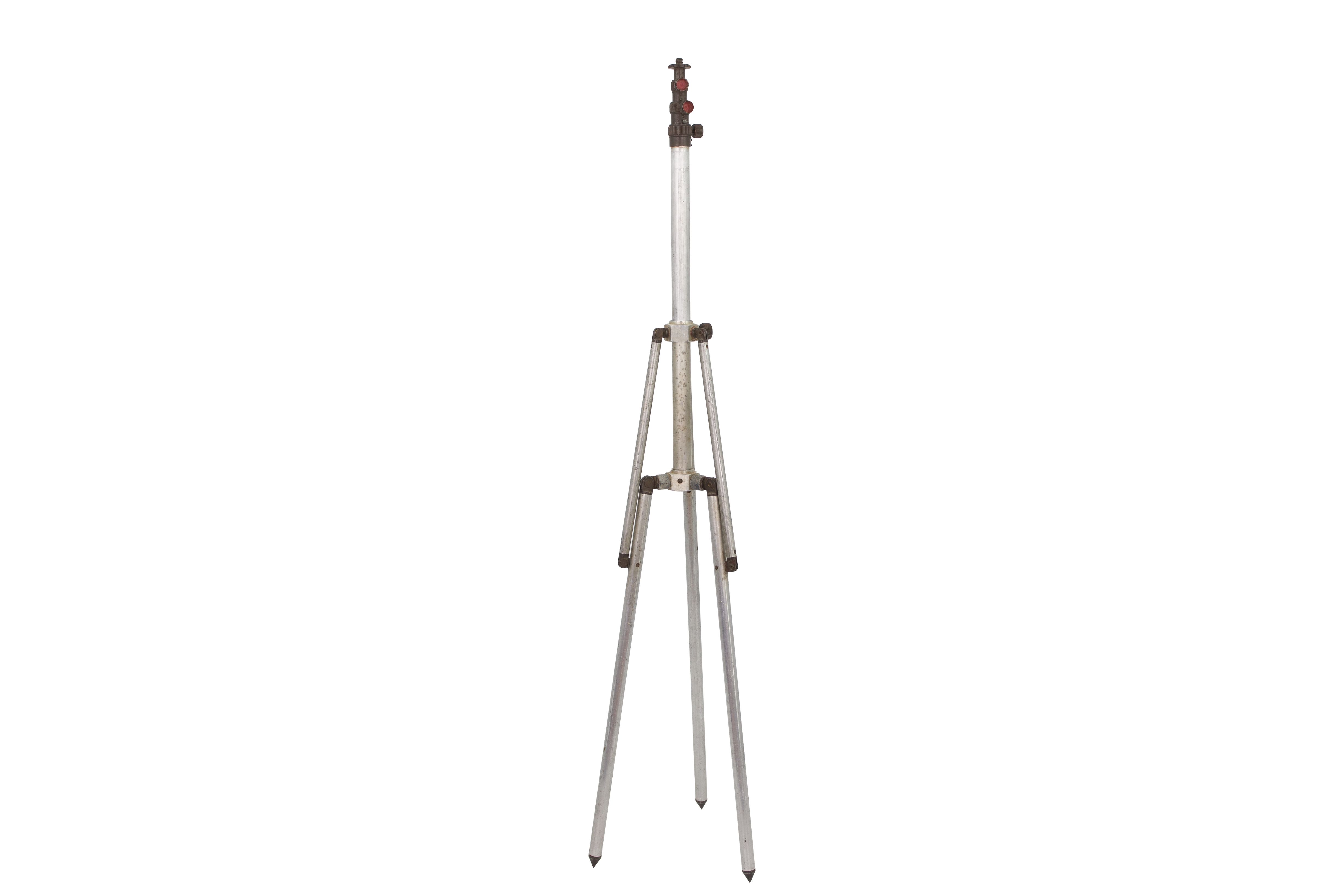In the armed cataclysms of the 20th century, the activities of frontline journalists played an important role because the outcome of the war significantly depended on public opinion, which was largely shaped by mass media. A key element was the visual representation of events. However, the striking photographs of that time were created for various purposes. Some captured a wide spectrum of emotions in the viewer, while others worked with an agitational goal, which is why their works often had a poster-like quality. Nevertheless, photochronicles are an invaluable historical source.
In 2011, an exhibition of works by the famous Soviet war photojournalist of Ukrainian and Jewish origin, Yevhen Khaldei, was presented in the Ukraine-oriented (in the then-understood sense) exhibition space of the Museum. The project included 200 photographs by the master, some of which became his trademark, widely recognizable artistic images of the Second World War. Present at the exhibition’s opening, his daughter Hanna donated her father’s Leica III camera tripod to the Museum’s collection.
Yevhen Khaldei’s photographs offer a unique vision on the Stalinist era. During the interwar period, as part of "agitbrigades," he filmed the construction of industrial giants, leaving out the oppressed life and labor conditions of the Soviet people. During the Second World War, he covered the conflict from Murmansk to Berlin, representing the TASS editorial office aboard the naval fleet, documenting battles in the Arctic Ocean, the Black Sea, the Crimean Peninsula, Romania, Hungary, and Austria. He captured the signing of the Act of Germany’s surrender, the conference of the Allied leaders in Potsdam, the defeat of the Japanese, and the Paris meeting of foreign ministers. Among the material evidence of Nazi atrocities during the Nuremberg Trials were his photographs.
One of Khaldei’s most famous photos, featuring the raising of the red flag over the Reichstag, deserves special attention. This moment, which Moscow declared the main symbol of the Reich’s collapse, occurred on the night of May 2. The photographer was urgently transported to Berlin, but the German government building was already under Soviet control. To match the atmosphere of the photo with the actual conditions, the image had to be staged, and props were used. In particular, he ordered a red flag in advance, which the Red Army soldiers were supposed to raise; smoke from the fires was added later in the photo lab. Similarly, an “excess” watch on the hand of one of the depicted soldiers was removed.
In 1948, when anti-Semitic hysteria under the banners of "fighting cosmopolitanism" was spreading across the USSR, Yevhen Khaldei was dismissed on the formal grounds of "insufficient education level." He only regained the right to publish his work after Stalin’s death.
Yevhen Khaldei returned to active work only in 1957. During his lifetime, he held three exhibitions of his works. One of them, in Perpignan, France, as part of the "Visa pour l’image" photojournalism festival, earned him the highest special award for artists—the Order of Arts and Letters.
